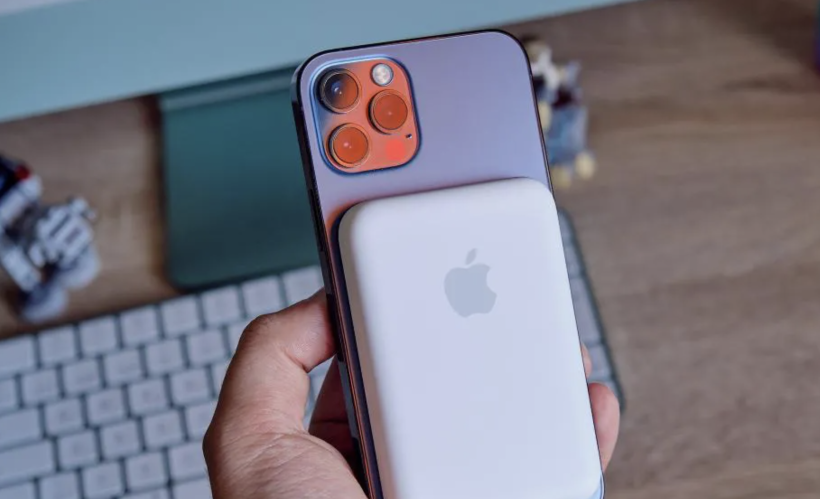If you’re not prepared for it, iPhone charging can be a significant source of frustration – especially if you are out shopping, or have to leave the house urgently, and notice that your phone is about to run out of juice. But there are lots of situations where you can get frustrated with your charging options, such as having to share cables with a partner or family member, or having a too-short cable, etc. We spoke to TechQuarters a provider of IT Support North London Solutions that businesses have been partnering with for over a decade. They definitely know a thing or two about keeping devices charged in any situation (it’s something their Field Engineers need to rely on).
For Home
When you’re at home, the pressure to charge quickly is lessened, because you know that you’re always in walking distance of a power socket. Therefore, the requirements of iPhone charging in your home are a bit more relaxed. Here are the things to consider for home charging.
Charging Stations
as it is your own home, you can think about charging solutions that you don’t have to move around with you. This is a great opportunity to invest in a charging station. This is a device that sits in one place and is always plugged into a power socket. The great thing about these devices is that they can charge multiple devices at once. If you have Airpods or perhaps an Apple Watch alongside your iPhone, you might want to consider a wireless charging station – nothing can be easy than placing your iPhone down on a surface, and having it start charging automatically.
Long Cables
you might have a power socket in an awkward place. This is the perfect use for an extra-long charging cable. If you the only power socket near your bed is behind the bedframe or on the other side of your bedside table, a 2-meter power cable will prevent you from having to lean out of bed, or stretch your charging cable taught just to check your phone.
For Travelling
When travelling – whether it’s on a commute, or perhaps a business trip, or if you’re going on holiday, or simply on a day trip where you’ll be out and about most of the time – the priority is normally fast charging and lightweight form factor. So what do you need to consider for these things?
USB Power Delivery
There are many different fast-charging technologies out there, but for Apple iPhones, USB powder delivery is the standard. It allegedly offers up to a 50 percent increase in battery like in 30 minutes.
USB-C Cable
In order to get the maximum benefits from Power Delivery, you will need a USB-C to Lightning cable. Lightning cable is the connection that iPhones use for their charger, whereas USB is a near-universal format for connection; however, most cables traditionally are USB-A type cables (the standard size you see on chargers), but USB-C cables are more similar in appearance to Lightning cable, and offer better speeds for power and data transfer.
USB-C Plugs
If you have a USB-C to Lightning cable, you will naturally need a USB-C Plug to charge it in. On top of the speed you get with USB-C, you also get the benefit of a more compact plug. Just make sure to keep your USB-C plug safe, as they aren’t as commonplace.
Power Banks
Sometimes you’re out of reach of a power socket, and so it is worth having a backup charging solution on hand. As TechQuarters provides managed IT London Solutions to businesses spread across the city that rely on for onsite support, they need their Field Engineers to be reachable all the time – this means having fully charged phones all time. When you’re out in the field, a power bank is one of the only ways to charge your phone, and they are getting better and better every year. Gone are the days when a power bank will only guarantee one full charge at best; nowadays, you regularly see power banks that offer up to 3 full charges for even the most powerful smartphones. Some power banks can even support iPad and Macbook charging (but these devices are quite bulky and heavy).
Laila Azzahra is a professional writer and blogger that loves to write about technology, business, entertainment, science, and health.
